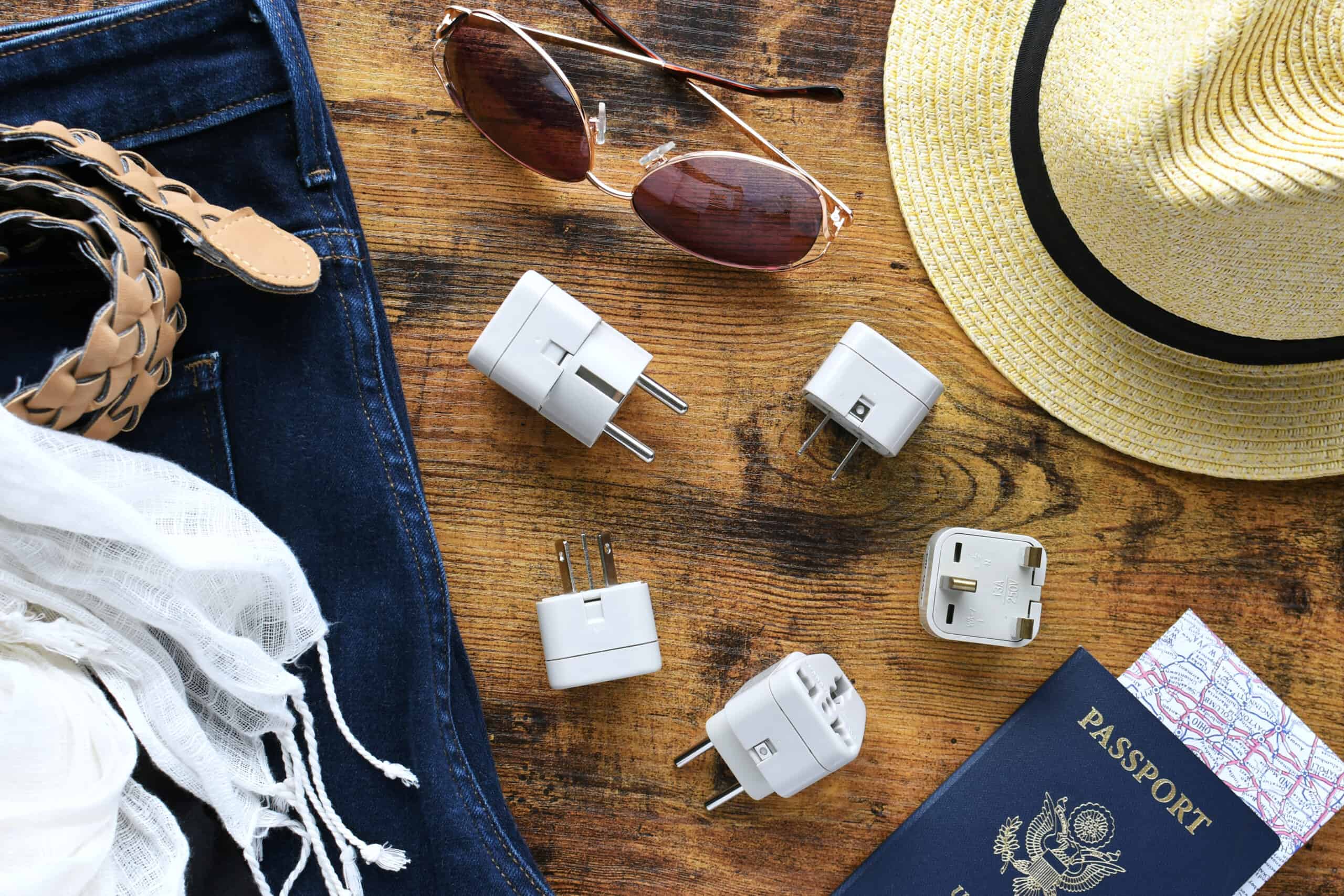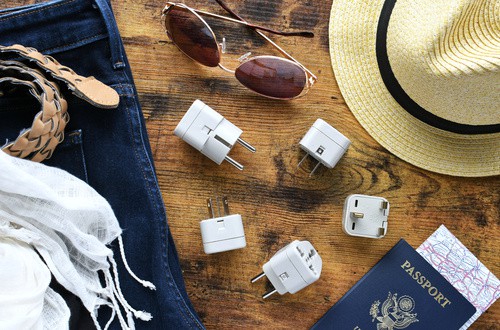


Technology has permanently altered the way we travel – it’s hard to imagine embarking on an adventure without at least some form of tech on the packing list. We use it for online check-ins, to navigate unfamiliar streets and search for local restaurant recommendations, to keep an eye on the weather, to capture memories and to keep in touch with loved ones back home. Many of us also insist on always packing our favourite electrical appliances, from straightening irons to travel irons.
However, although our use of technology is universal, the various types of power outlets we use for charging those devices is not. There’s nothing quite like the sense of impending doom that accompanies a sudden realisation that you’re low on battery but packing the wrong power. That’s why we’ve put together this handy guide to ensure that you’re always well-equipped and fully charged on your travels:

Which outlets where?
Did you know there are fifteen different types of electrical outlets in use in various countries, and that only 21 other countries use the same three-prong plug that we have in Australia? Most European countries use what’s known as a Type C outlet, while the United States and Canada typically use a Type A, which doesn’t have a ground pin. For a complete guide to the outlets in use in your destination, check out this handy list.
The simplest option is to pick up an adapter that will allow you to plug your Australian device directly into local outlets – most common plug types are available at pharmacies, specialist travel stores and airport stores. If your itinerary means you’ll be dealing with multiple types of plugs and sockets, it’s a good idea to look for a multi-adapter so that you’re not wasting your entire luggage allowance on a vast collection of different options.
It’s not just the outlet that varies – you also need to consider variations in voltage. Using the wrong voltage means risking electric shock and/or damage to your appliances. Australian devices operate on 230V, which is the same as more than a hundred other countries, including the United Kingdom, South Africa and Indonesia, but globally, voltage ranges from 100V to 240V. Many travel adapters feature a built-in voltage converter so be sure to check before you buy – it should be clearly marked on the packaging and also etched or printed on the converter itself. Some of your devices may support multiple voltages – again, this information should be displayed on the bottom of your device or its charger.
USB charging cables (Universal Serial Bus) are commonly used with smart devices, and increasingly with other forms of tech too. They were designed to provide a standardised delivery of power: in theory, as long as you have the power outlet adapter, you should be good to go. A growing number of airports, hotels and cafes now offer USB charging facilities, making it easy to top up your charge when you’re out and about.
Power packs can act as a handy back-up option, especially if you’re going to be travelling in an area where mains power is not readily available. However, be aware that most airlines have rules and restrictions about the number and type of power packs and batteries you are permitted to carry, as well as whether they should be packed in your checked or carry-on luggage. Be sure to check individual airlines’ guidelines as part of your planning process.
They may not be able to feed the cat or water the pot plants, but smart home hubs like Alexa and Google Home have changed the way we manage our households when we’re on the other side of the world, acting as both security system and concierge service. Another option is the use of smart plugs, which connect to your home wi-fi so that you can control appliances and lighting from your device. Being able to turn on a lamp or television for a few hours each evening ensures that the house doesn’t appear empty, which reduces the risk of burglary.
Whether it’s savouring a breathtaking sunset, relishing the sights and sounds of a new destination, or connecting with locals through a conversation that’s more laughter and gestures than actual words, these experiences are often the reason we choose to travel in the first place. As much as we love the convenience of life in a digitally connected world, some of the best travel memories are created when we put away the devices and lean into the simple joy of being immersing ourselves in the real world. Check out our top ideas for a digital detox holiday here.
For more tips and advice on making the most of your next holiday, check out the travel blog section of our website or talk to your personal travel manager.